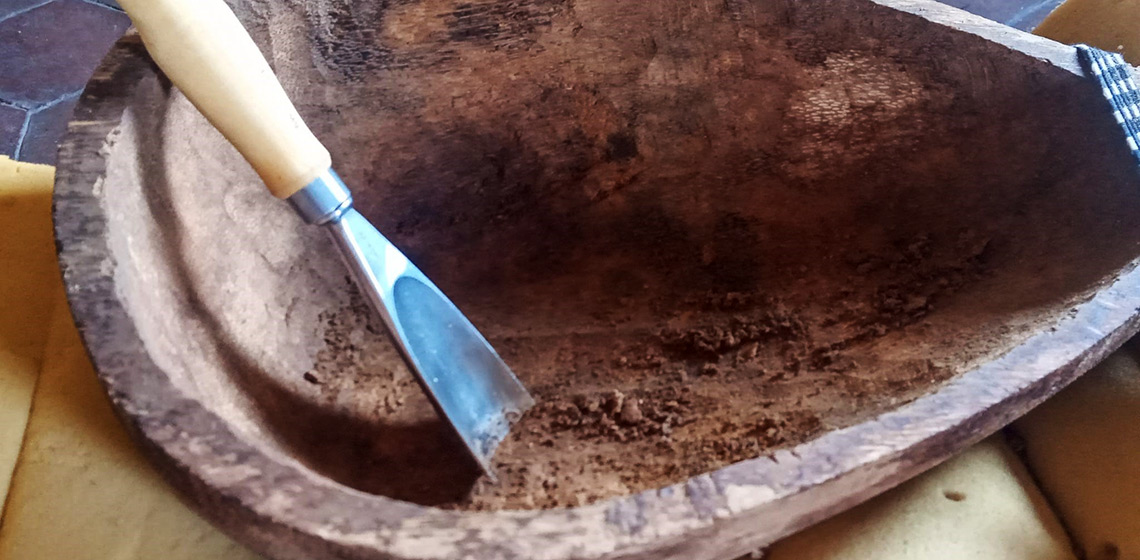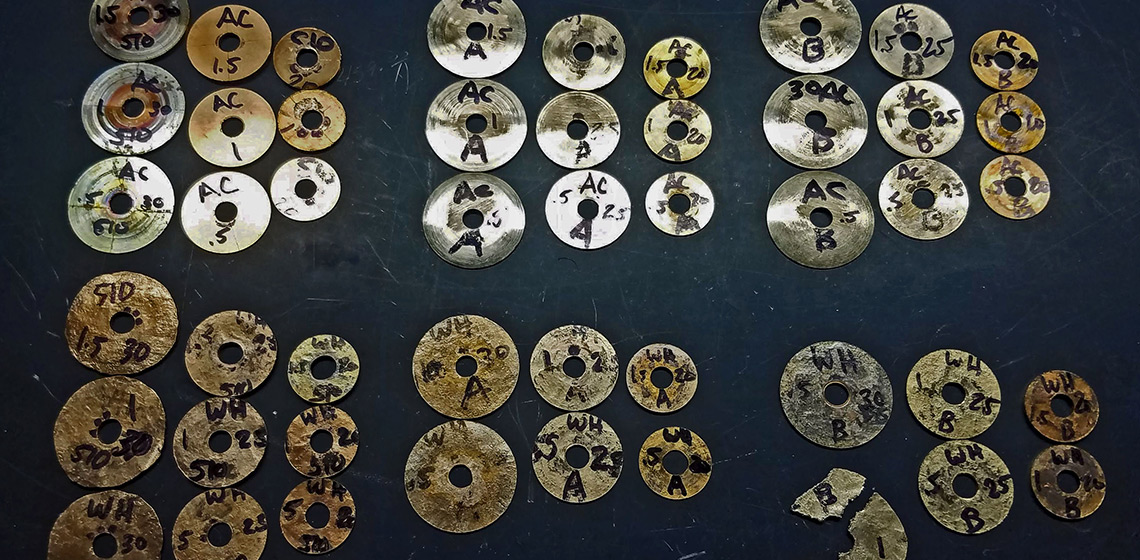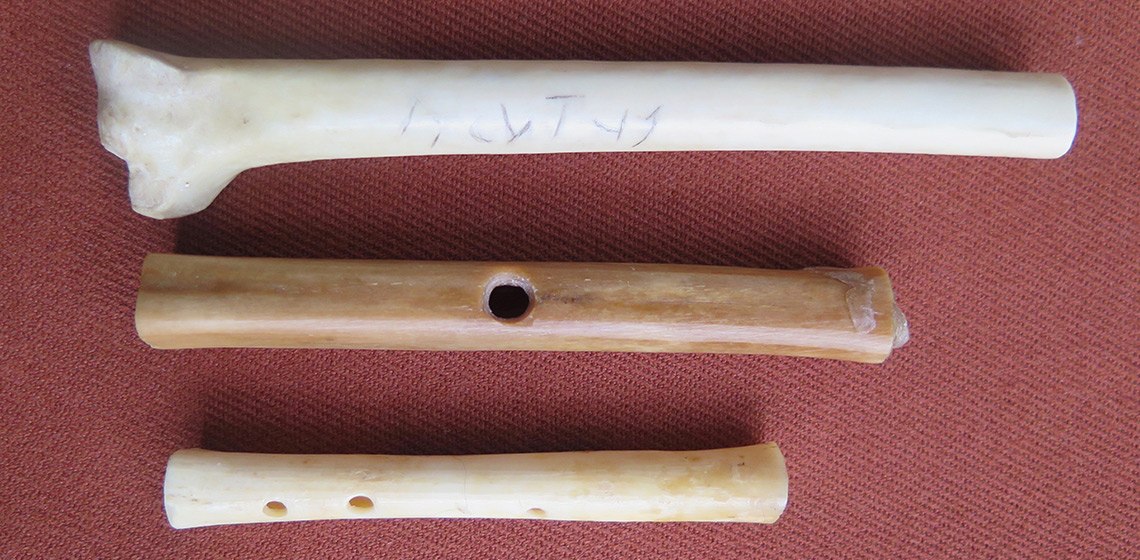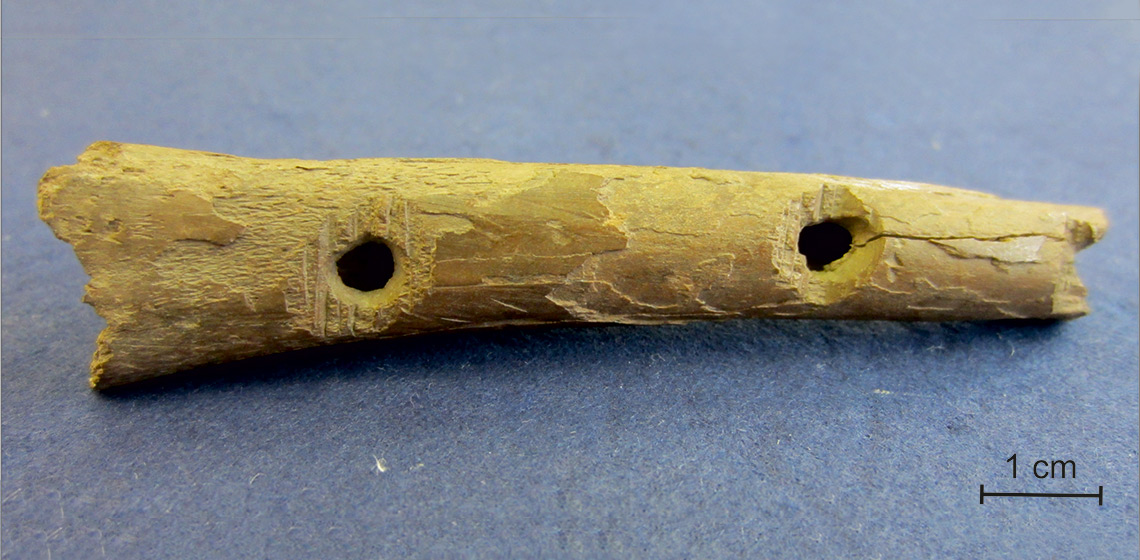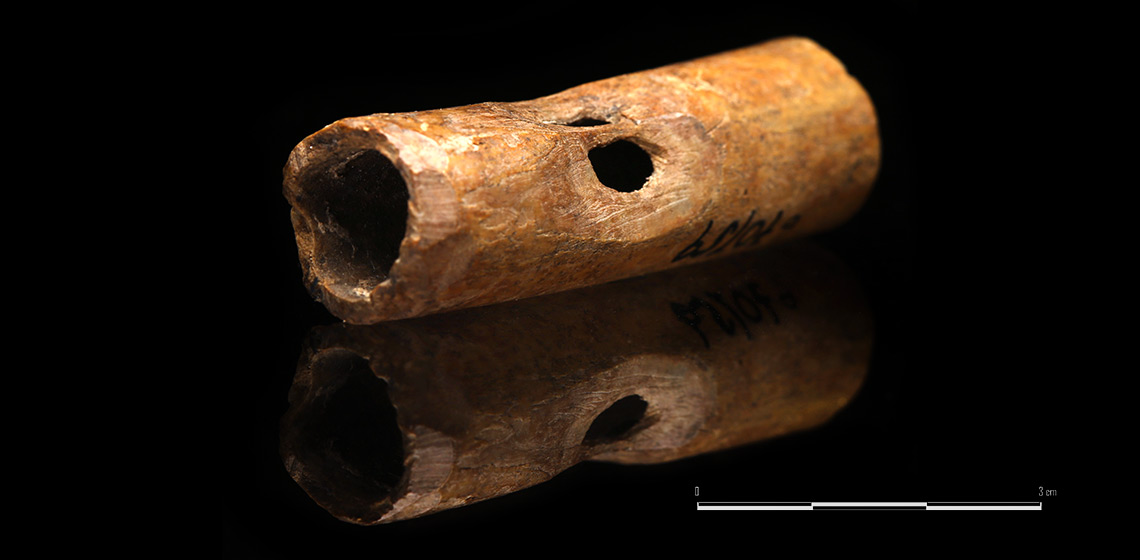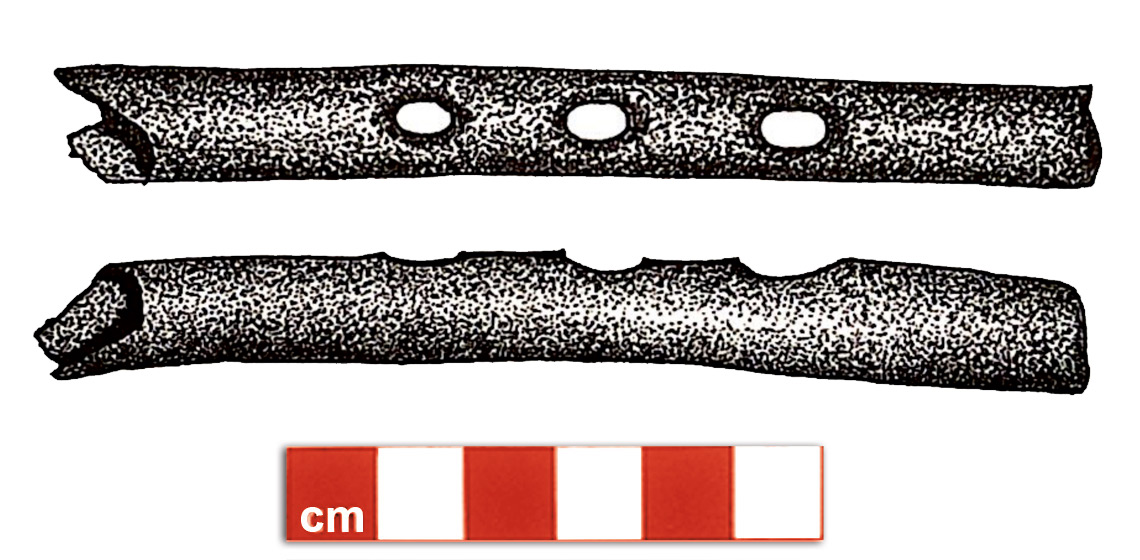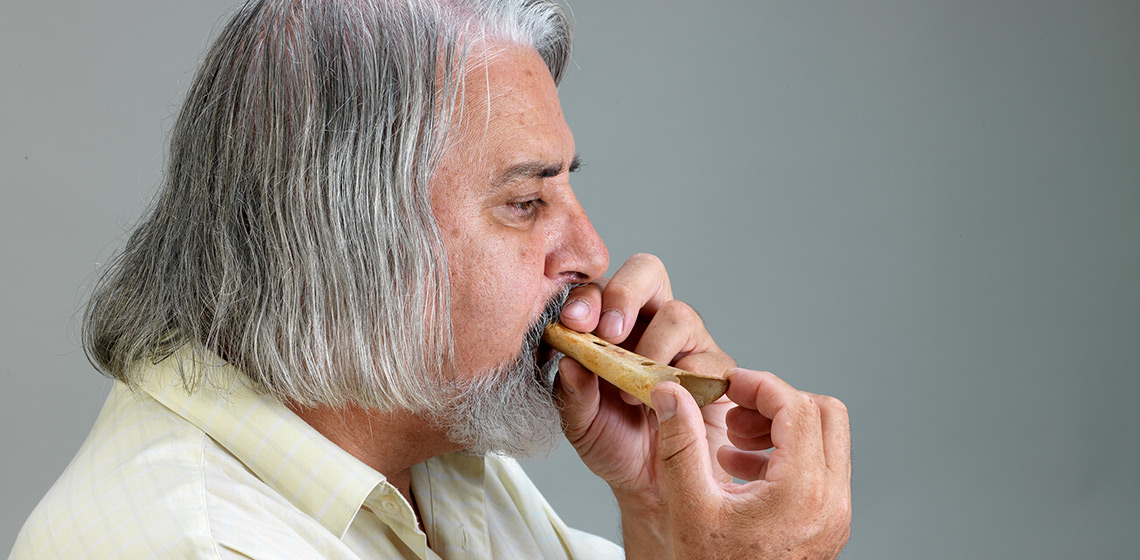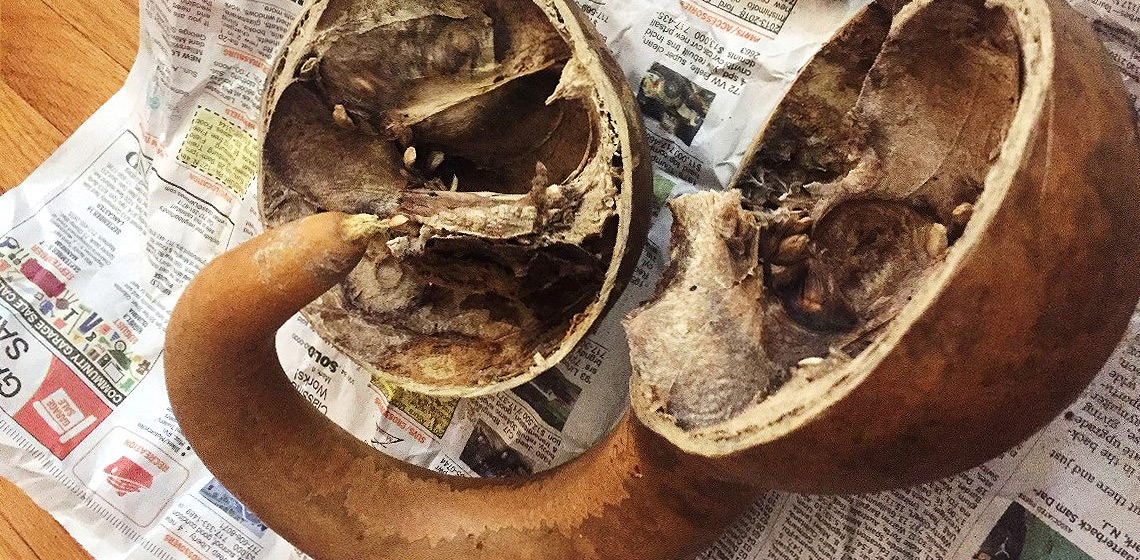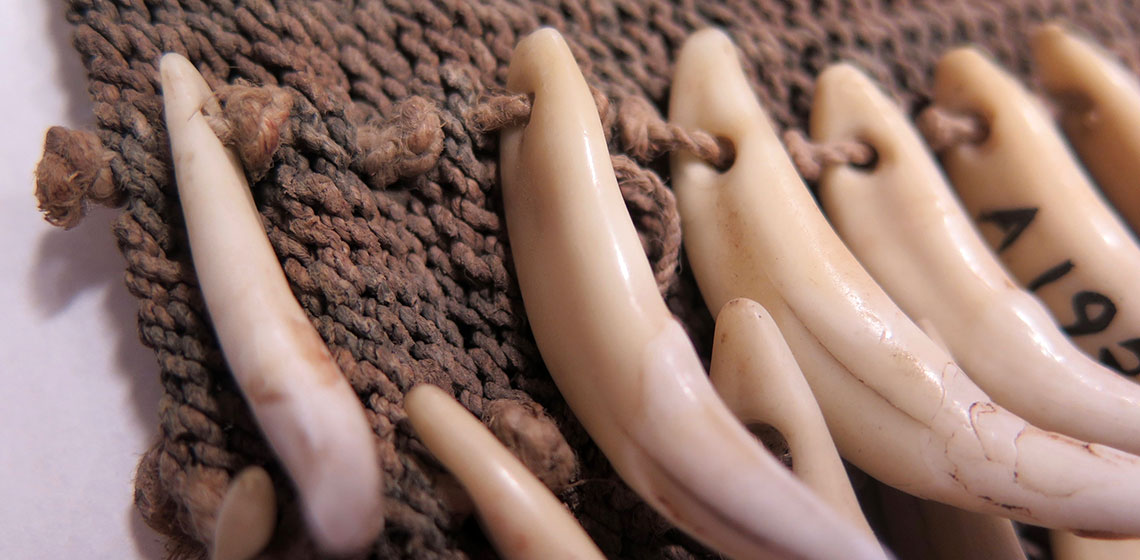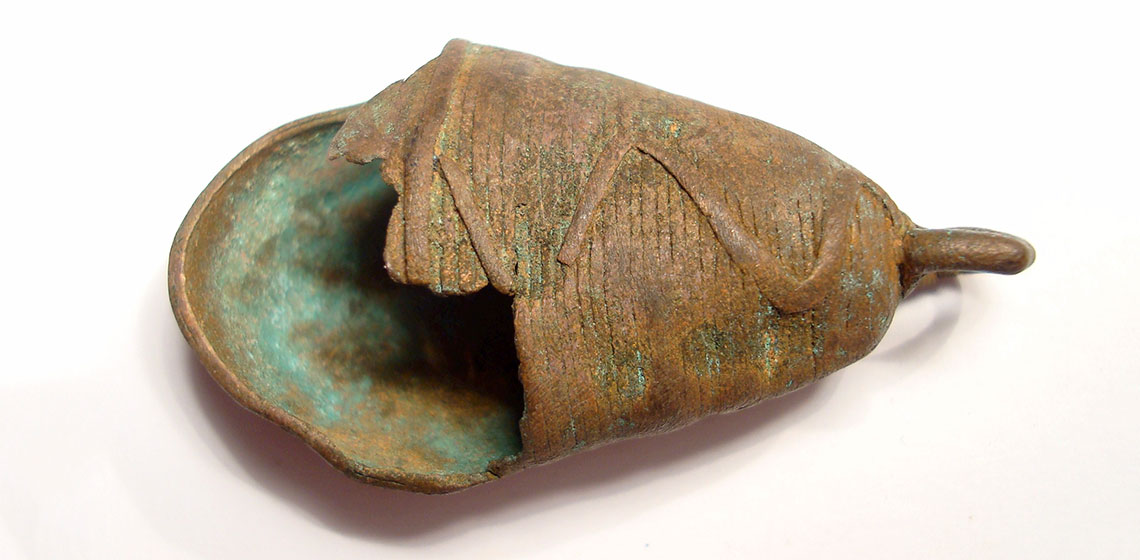The content is published under a Creative Commons Attribution Non-Commercial 4.0 License.
Themed Collections:
Musical Instruments
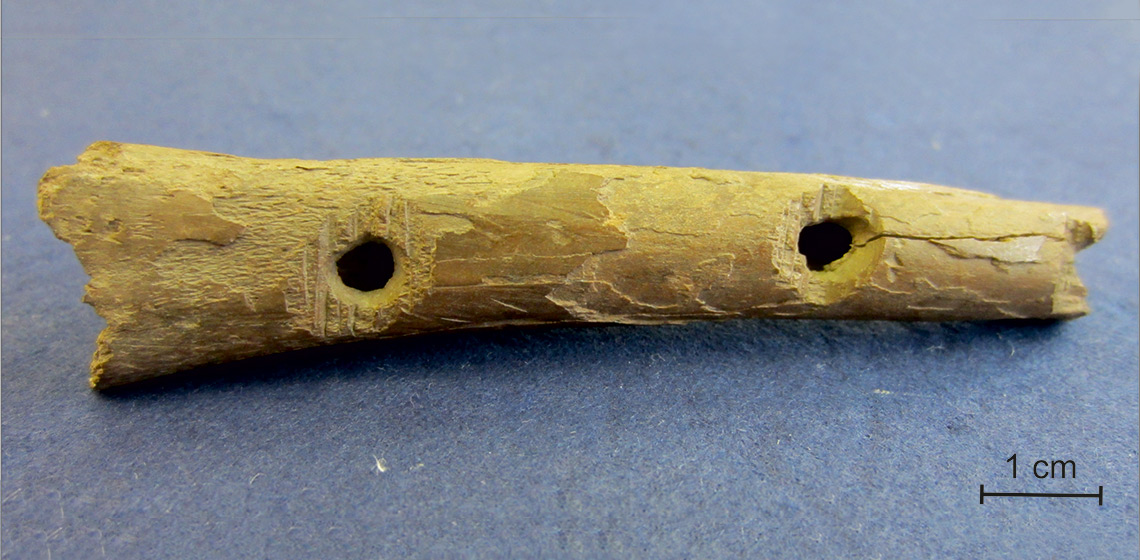
A musical instrument is an object that was used to or designed to create music but it the purpose of the user that gives it the real meaning. The objects are made from different materials like bone, wood or even stone and can come in different shape and sizes, like pipes, rattling ornaments or bottle gourds. With the help of experimental archaeology, it is possible to reconstruct the shape of the objects as well as the music it was used to play.
Featured
Reconstruction of some String Instruments from the Ceiling Paintings of the Palatine Chapel of Palermo and the Cathedral of Cefalù, 12th Century
This study explores two hypotheses regarding the use of date palm (Phoenix dactylifera/Phoenix canariensis) wood for the manufacture of plucked string instruments (in this case the lute) and ceramics for bowed instruments (rabāb), drawing inspiration from exceptionally significant iconographic sources...
An Experimental Approach to Ancient Egyptian Metalworking: The Mysteries of the Sesheshet
Acutus’ Eagle Bone and Two Bone Tubes with Holes Found in A Roman Fleet Base in The Netherlands - About Signalling Whistles and Animal Calls
A Singing Bone from the Mätäjärvi (‘Rotten Lake’) Quarter of Medieval Turku, Finland: Experimental Reconstructions and Contemporary Musical Exploration
Bone Pipes with Parallel Tone Holes. Materials from Medieval Poland (until the End of the 12th C)
Early Medieval Bone Pipes: Understanding the Sounds of These Instruments through Reconstruction
Oakbank Dog Rose: A Working-model of an Iron Age Wooden Whistle from a Loch Tay Crannog
Experimental Research on the Neanderthal Musical Instrument from Divje Babe I Cave (Slovenia)
***The supposition that an unusually perforated femur of a juvenile cave bear found at the Divje babe I Palaeolithic cave site in Slovenia could be a musical instrument led to heated debates. According to its archaeological context and chronostratigraphic position, if made by humans, it could only be attributed to Neanderthals...
Bottle Gourd as an Implement for the Poor in Roman Italy
Animal Teeth in a Late Mesolithic Woman’s Grave, Reconstructed as a Rattling Ornament on a Baby Pouch
***In one of the Late Mesolithic graves at Skateholm, Sweden, dating from 5500–4800 BC, was buried a woman together with a newborn baby. Altogether 32 perforated wild boar (Sus scrofa) teeth, along with traces of red ochre pigment, were found in this grave. We interpreted these artefacts as a rattling ornament decorating a baby pouch...
Anatomy of Prehispanic Bells - Study of an Ancient Lost Process
The elaboration of bells in the Prehispanic Era was of great importance due to the special meaning attributed to them in religious ceremonies. Today, knowledge of the techniques that were used in their fabrication is scant and lacking in detail. For that reason, the objective of the present study was to carry out a morphological study of bells from western Mexico...


